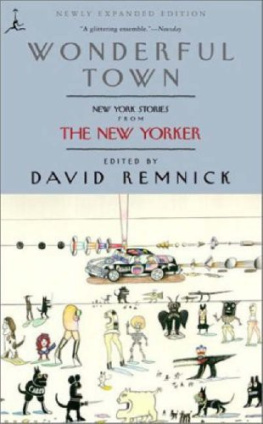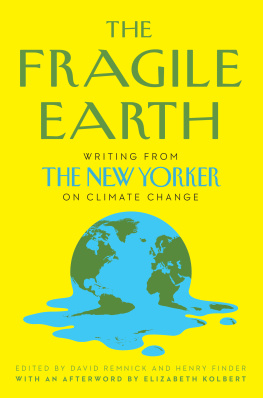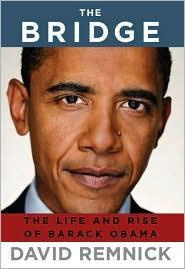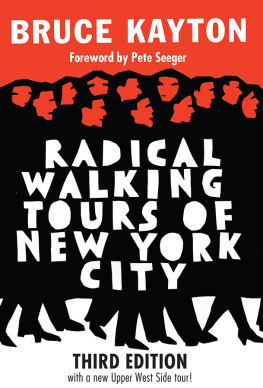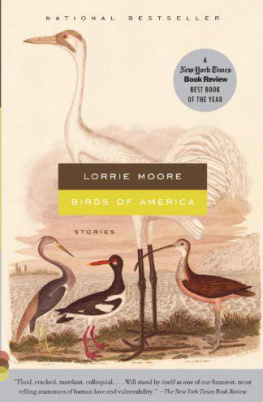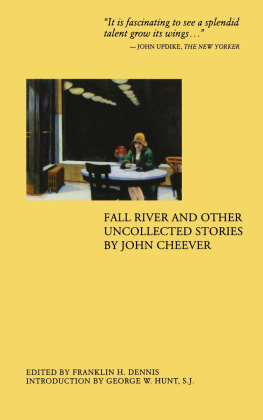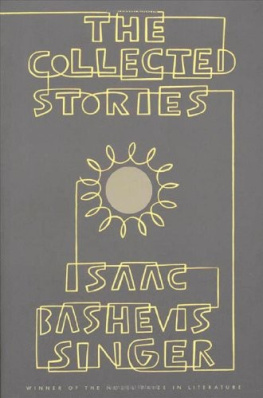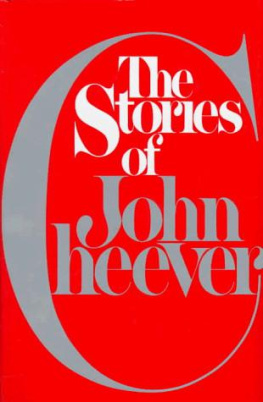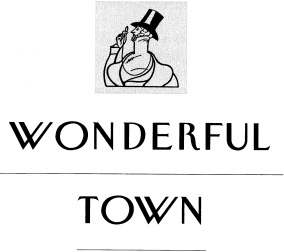NEW YORK STORIES FROM
THE NEW YORKER
Edited by
David Remnick
with
Susan Choi
RANDOM HOUSE NEW YORK
2000 by The New Yorker Magazine. All rights reserved under International and Pan-American Copyright Conventions.
All of the stories in this collection were originally published in The New Yorker. The publication date of each story is given at the end of the story.
Library of Congress Cataloging-in-Publication Data
Wonderful town : New York stories from The New Yorker / edited by David Remnick with Susan Choi
1. New York (N.Y.)Social life and customsFiction. 2. City and town lifeNew York (State)New YorkFiction. 3. Short stories, AmericanNew York (State)New York. 4. American fiction20th century.
I. Remnick, David. II. Choi, Susan.
PSS49.N5 WS8 2000
813'.010832 74 71 dc 21 99-048838
p. cm.
ISBN 0-375-50356-0 (alk. paper)
RANDOM HOUSE and colophon are registered trademarks of Random House, Inc.
Random House website address: www.atrandom.com
First Edition Book design by Jo Anne Metsch
D avid R emnick is the editor of The New Yorker. He began his career as a sportswriter for The Washington Post and won the Pulitzer Prize in 1994 for Lenins Tomb. He is also the author of Resurrection, The Devil Problem and Other True Stories, a collection of essays, and King of the World. He lives in New York City with his wife and three children.
S usan C hoi was born in Indiana to a Korean father and the American daughter of Russian Jewish immigrants, and grew up in Texas. Her first novel, The Foreign Student (1998), won the Asian-American Literary Award for Fiction and was a finalist for the Discover Great New Writers Award at Barnes & Noble. She is the author of three other novels, American Woman (2003), A Person of Interest (2008), and My Education (2013).
ACKNOWLEDGEMENTS
The novelist and former New Yorker staff member Susan Choi worked tirelessly reading hundreds of short stories set in New York, from the sketches of the earliest days of The New Yorker onward. Her insight into the magazines evolution over seventy-five years and her sensitivity as a reader were invaluable.
I am grateful, as well, to Roger Angell, who gave an order to the selections; to Bill Buford, Deborah Treisman, Cressida Leyshon, Alice Quinn, Meghan ORourke, and many others at the magazine (from John Updike, who is represented here, to some of the fact checkers, who will no doubt be in similar anthologies, sooner or later). Thanks are also due Pamela Maffei McCarthy and Eric Rayman at The New Yorker for making arrangements with Daniel Menaker and Ann Godoff of Random House; and thanks to Brenda Phipps, Beth Johnson, and Chris Shay and his library staff, all of whom were essential in making this book possible.
CONTENTS
David Remnick
John Cheever
Ann Beattie
Irwin Shaw
Tama Janowitz
Woody Allen
Deborah Eisenberg
John OHara
Peter Taylor
Donald Barthelme
Philip Roth
Laurie Colwin
Jonathan Franzen
Sally Benson
Frank Conroy
James Thurber
John Updike
Maeve Brennan
Lorrie Moore
Vladimir Nabokov
Jamaica Kincaid
Hortense Calisher
John McNulty
J. D. Salinger
Renata Adler
Isaac Bashevis Singer
Veronica Geng
Niccolo Tucci
Susan Sontag
Julie Hecht
Edward Newhouse
Daniel Menaker
Dorothy Parker
William Melvin Kelley
Jean Stafford
James Stevenson
Daniel Fuchs
Ludwig Bemelmans
William Maxwell
Jeffrey Eugenides
E. B. White
Bernard Malamud
Elizabeth Hardwick
Saul Bellow
S. J. Perelman
W ONDERFUL
T OWN
INTRODUCTION
F ROM THE MOMENT H AROLD R OSS published the first issue of The New Yorker, seventy-five years ago (cover price: fifteen cents), the magazine has been a thing of its place, a magazine of the city. And yet the first issue is a curiosity, a thin slice of the citys life, considering all that came after. Dated February 21, 1925, it offers only a hint of the boldness and depth to come, just a whisper of the range of response to its place of origin. What was certainly there from the start, however, was a determinedly sophisticated lightness, a silvery urbane tone of the pre-Crash era that was true to its moment (in some neighborhoods) and which also became the magazines signature. Of the issues thirty-two pages, nearly all are taken up with jokes, light verse, anecdotes, squib-length reviews, abbreviated accounts of this or that incident, and harmless gossip about metropolitan life. With Rea Irvins Eustace Tilley peering through his monocle at a butterfly on the cover, with its cartoons and drawings of uptown flappers, Fifth Avenue dowagers, and Wall Street men with their mistresses out on the town, with its very name, the magazine announced its identityor at least the earliest version of it. There was a column called In Our Midst that delivered one-sentence news briefs on the citys forgotten and barely remembered (Crosby Gaige, of here and Peekskill, is leaving for Miami next week to join the pleasure seekers in the sunny southland); there was Jottings About Town by Busybody (A newsstand where periodicals, books and candy may be procured is now to be found at Pennsylvania Station); there were reports of overheard talk on Fifth Avenue at 3 P.M. , musical notes by Con Brio, and theater notes by Last Night. With an advisory board of editors that included Irvin, George S. Kaufman, Dorothy Parker, and Alexander Woolcott, Rosss first issue had the feel of an amusement put together by an in-crowd of amused, and amusing, New York friends. One of the squibs, called From the Opinions of a New Yorker, is typical of the throwaway, unearthshaking tone of that first issue:
New York is noisy.
New York is overcrowded.
New York is ugly.
New York is unhealthy.
New York is outrageously expensive.
New York is bitterly cold in winter.
New York is steaming hot in summer.
I wouldnt live outside New York
for anything in the world.
It was essentially impossible to see what a various and ambitious publication The New Yorker would become. In his original prospectus for the magazine, Ross said he intended to publish prose and verse, short and long, humorous, satirical and miscellaneous. No mention of fiction. The literary side of things did not initially strike Ross as right for him or even worth the struggle. For one thing, the competition for fiction seemed forbidding: Colliers and The Saturday Evening Post, fat with advertisements, were publishing such authors as Fitzgerald and Hemingway, Lewis and Dos Passos, and paying them handsomely. Often enough they wrote their novels for art, their stories to live. Ross would later admit that he didnt pursue Hemingway because we didnt pay anything. And as Thomas Kunkel, Rosss wonderful biographer, points out, Rosss preferences ran to humorous sketches and commentarycasuals. Any trace of seriousness made him jumpy.
Fiction eventually became an essential part of the magazine for two reasons. When Ross hired Katharine White, in 1927, he was bringing into the magazine someone of enormous literary sophistication, someone who adored him but was willing to argue with himand able to win. Her singular victory was the establishment of fiction as a regular component of The New Yorker. The second reason for the rise of fiction in the magazine was the American mood. With the Crash of the stock market, in 1929, the magazines chronically bemused tone suddenly seemed out of step and out of tune. More and more, Katharine White succeeded in getting short storiesand short stories of a deeper sortinto the magazine.

